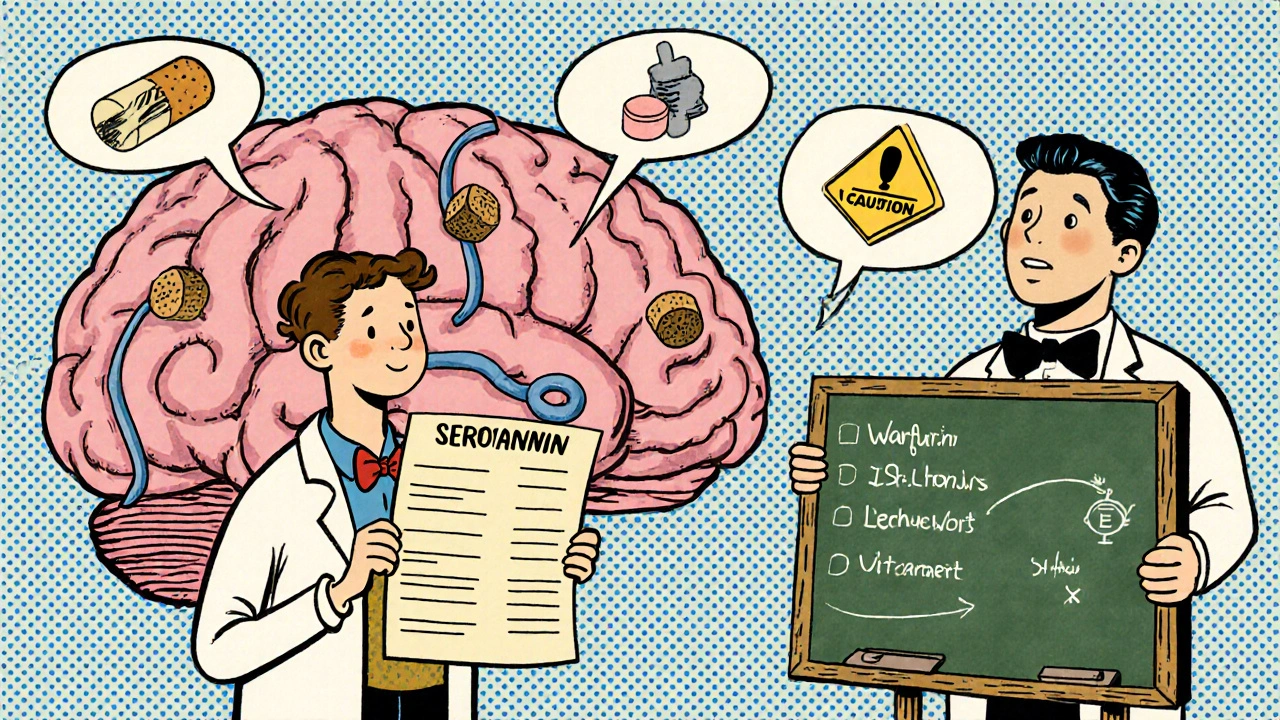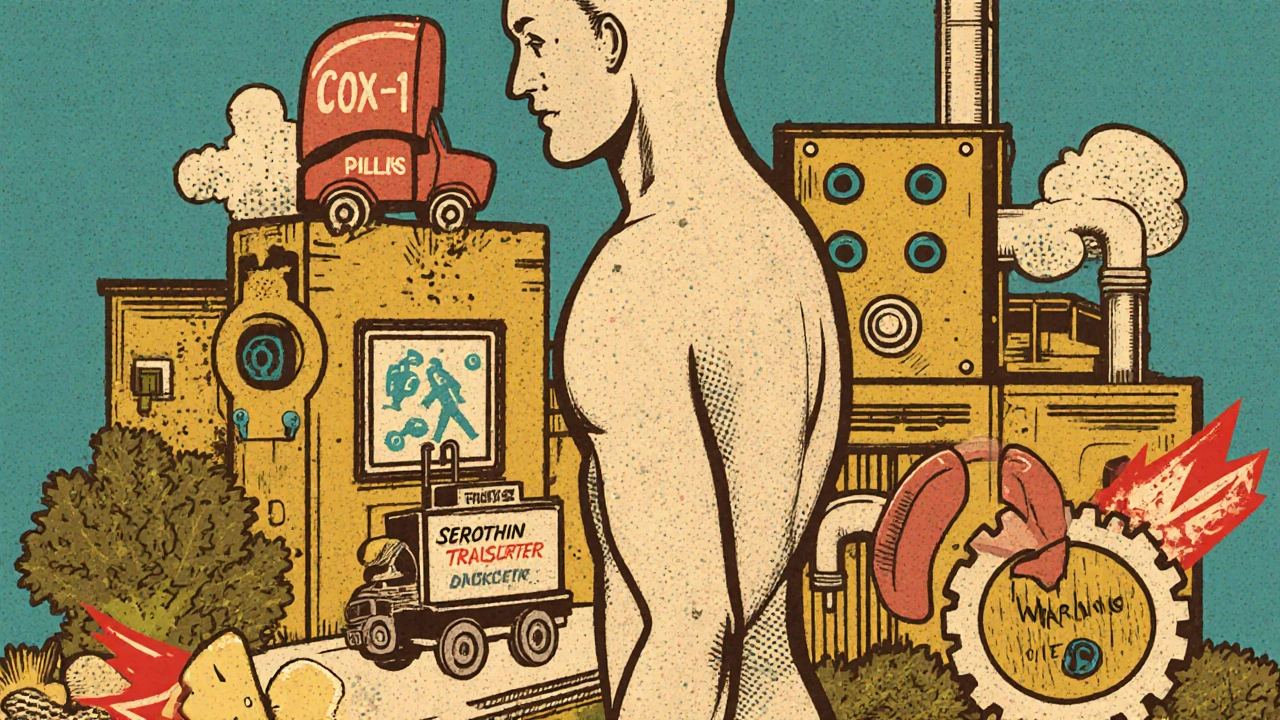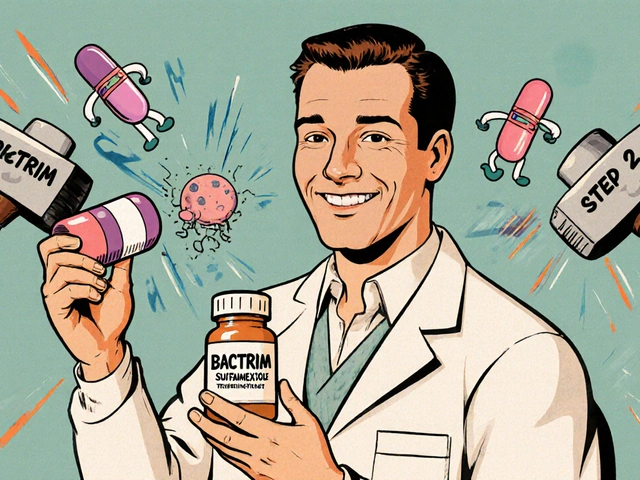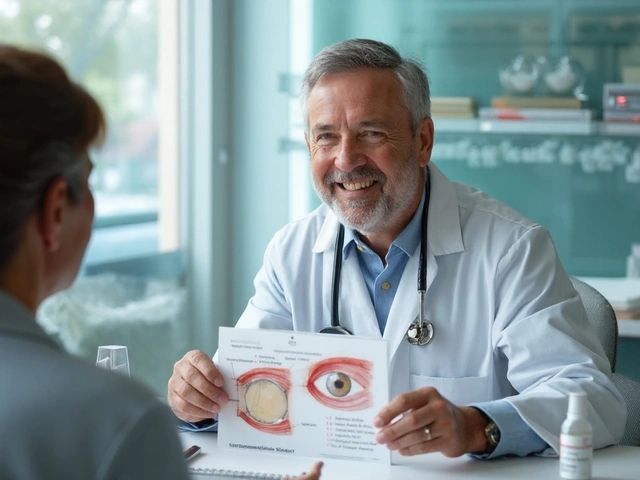Every time you swallow a pill, your body is engaged in a quiet, complex chemical battle. Medicines aren’t magic. They don’t just ‘fix’ things. They interact with your body at a molecular level-sometimes helping, sometimes harming-depending on how well you understand them. If you’ve ever wondered why some drugs make you feel better while others leave you dizzy or nauseous, it’s not random. It’s science. And knowing how medicines work is the first step to using them safely.
How Medicines Actually Work
Medicines are chemical compounds designed to change how your body behaves. They don’t cure diseases by themselves-they nudge your body’s existing systems in a helpful direction. Think of your cells like locks, and medicines like keys. Only the right key fits the right lock. This is called the mechanism of action.
Take aspirin. It doesn’t just ‘take away pain.’ It blocks an enzyme called COX-1, which your body uses to make prostaglandins-chemicals that signal pain and swelling. By stopping that signal, aspirin reduces inflammation and dulls pain. It’s not magic. It’s precision.
Antibiotics like penicillin work differently. They attack bacteria by breaking down their cell walls. Your body’s cells don’t have those walls, so penicillin leaves you alone but kills the infection. That’s why antibiotics don’t work on colds-those are caused by viruses, not bacteria.
Then there are drugs like fluoxetine (Prozac). These are SSRIs, which block the ‘recycling’ of serotonin in your brain. Normally, after serotonin sends a signal between nerve cells, it gets pulled back in. SSRIs stop that recycling, so more serotonin stays around to improve mood. It’s like putting a cork in a drain-serotonin builds up where it’s needed.
Not all drugs work the same way. Some activate receptors (agonists), others block them (antagonists). Some bind to proteins in your blood, others slip through the blood-brain barrier. Sinemet®, used for Parkinson’s, is engineered to cross that barrier because dopamine-its target-can’t get in on its own. Without that design, it wouldn’t work.
Why Understanding Mechanism Matters for Safety
Knowing how a drug works isn’t just for doctors. It’s your safety net.
Warfarin, a blood thinner, blocks vitamin K, which your body needs to make clotting factors. That’s why eating a big salad with spinach or kale can make warfarin too strong-too much vitamin K fights back, making your blood clot again. But if you understand that, you can keep your greens consistent. No sudden kale smoothies. No surprise hospital trips.
On the flip side, if you’re on an MAO inhibitor for depression and eat aged cheese, pickled fish, or red wine, you risk a dangerous spike in blood pressure. That’s because MAO inhibitors stop your body from breaking down tyramine, a compound in those foods. One ounce of aged cheese can contain 1-5 mg of tyramine. Enough to trigger a hypertensive crisis if your body can’t process it.
Patients who understand their medication’s mechanism are far less likely to panic over side effects-or ignore them. A 2023 survey by the American Cancer Society found that 78% of patients on trastuzumab (Herceptin) for breast cancer recognized early signs of heart strain because they knew the drug targeted HER2 proteins, which also play a role in heart function. Those who didn’t know the mechanism were three times more likely to dismiss chest tightness as ‘just stress.’
Even statins, commonly prescribed for cholesterol, have a clear mechanism: they block HMG-CoA reductase, an enzyme your liver uses to make cholesterol. But that same enzyme is also involved in muscle repair. That’s why muscle pain is a known side effect. Patients who know this don’t assume it’s ‘just aging.’ They report it early-before it turns into rhabdomyolysis, a rare but dangerous muscle breakdown that can damage kidneys.
When Medications Are Safe to Use
Safety doesn’t mean ‘no side effects.’ It means using the right drug, at the right dose, for the right person, at the right time.
Some drugs have a narrow window. Lithium, used for bipolar disorder, is one. The difference between a therapeutic dose and a toxic one is tiny. Blood levels must stay between 0.6 and 1.2 mmol/L. Too low? No mood control. Too high? Tremors, confusion, even kidney damage. That’s why people on lithium get regular blood tests. It’s not paranoia. It’s science.
Other drugs are safe only in certain people. Trastuzumab only works if your tumor overexpresses the HER2 protein. Giving it to someone without that marker is useless-and risky. That’s why biopsies and genetic tests are part of the process now. Medicine isn’t one-size-fits-all anymore.
Even over-the-counter drugs aren’t always safe. Herbal supplements like St. John’s Wort can interfere with antidepressants, birth control, and even heart medications. It’s not ‘natural’ so it’s safe-it’s a chemical that interacts with your body’s systems. And if you’re on multiple meds, the risk of interactions goes up fast.
One of the biggest safety mistakes? Stopping meds too soon. SSRIs don’t work instantly. It takes 4-6 weeks. If you quit because you don’t feel better after a week, you’re not being brave-you’re undoing progress. And if you stop abruptly, you can get withdrawal symptoms: dizziness, brain zaps, nausea. That’s because your brain has adjusted to extra serotonin. Suddenly pulling the plug leaves it unbalanced.

What Your Body Does to the Medicine
It’s not just what the drug does to your body. Your body does things to the drug too.
When you swallow a pill, it travels through your stomach and intestines. Some drugs get broken down by stomach acid before they even get absorbed. Others are processed heavily by your liver-the ‘first-pass effect.’ Propranolol, for example, loses 70-90% of its dose before it ever reaches your bloodstream. That’s why you need a higher oral dose than an IV dose.
Then there’s protein binding. Up to 98% of some drugs stick to proteins in your blood. That’s fine-until another drug comes along and kicks it off. Sulfonamide antibiotics can displace warfarin from those proteins. Suddenly, your free warfarin levels jump 20-30%. That’s a bleeding risk. This is why pharmacists ask you for your full list of meds-not to be nosy, but to prevent disasters.
Age, weight, liver and kidney function all change how your body handles drugs. Older adults often need lower doses because their kidneys clear drugs slower. Kids metabolize things faster. People with liver disease can’t break down drugs the same way. That’s why dosing isn’t just ‘one pill a day.’ It’s personalized.
Why Some Drugs Fail or Cause Harm
Not every drug with a good idea works out. Dimebon, a Russian antihistamine, looked promising for Alzheimer’s in a small 2001 study. But when larger trials happened, it failed. Why? Scientists still didn’t fully understand how it worked. Without knowing the mechanism, they couldn’t predict who would benefit-or what side effects might pop up later.
Thalidomide is the most infamous example. In the 1950s, it was sold as a safe sleep aid and morning sickness remedy. But one version of the molecule (an enantiomer) caused severe birth defects. The other version was calming. Back then, they didn’t separate the two. Today, we know: structure matters. A tiny change in shape can turn a medicine into a poison.
That’s why the FDA now requires detailed mechanism-of-action data for new drugs. In 2015, only 62% of new drug applications included this. By 2023, it was 87%. The result? Fewer safety surprises after approval. Drugs with clear mechanisms have 34% fewer label changes in their first five years.

What You Can Do to Stay Safe
You don’t need a medical degree to use medicines safely. But you do need to ask the right questions.
- What is this drug supposed to do in my body?
- What side effects are linked to that mechanism?
- Are there foods, drinks, or other meds I should avoid?
- What should I do if I miss a dose?
- When should I call my doctor-what symptoms are red flags?
Pharmacists are your best allies. In 2023, a survey found that 78% of patients understood their meds better after a pharmacist used simple analogies-like ‘SSRIs are like putting a cork in the serotonin recycling tube.’ Visuals help too. A diagram of a receptor with a drug fitting in? That sticks.
Keep a list of everything you take-even vitamins and herbs. Share it at every appointment. Don’t assume your doctor knows. Medication errors are still one of the leading causes of preventable harm.
And if you feel something strange-unusual fatigue, rash, confusion, muscle pain-don’t wait. Look up your drug’s mechanism. See if the symptom matches. You might just catch a problem before it becomes an emergency.
What’s Next for Medication Safety
The future is personal. The NIH’s All of Us program is collecting genetic data from a million people to see how DNA affects drug response. Already, 28% of bad reactions are linked to genetic differences. Soon, your genes might tell your doctor which drug to prescribe-and which to avoid.
By 2028, ‘digital twins’ could simulate how your body reacts to a drug before you even take it. Imagine a computer model of your liver, kidneys, and receptors running a virtual test. That could cut adverse events by 40-60%.
But until then, the best tool you have is knowledge. Not fear. Not blind trust. Understanding.
Medicines are powerful. They save lives. But they can also hurt you-if you don’t know how they work. And that’s not something you should leave to chance.
How do medicines actually work in the body?
Medicines work by interacting with specific molecules in your body, like receptors or enzymes. For example, aspirin blocks the COX-1 enzyme to reduce pain, while SSRIs like Prozac prevent serotonin from being reabsorbed, increasing its levels in the brain. Each drug has a precise mechanism-its ‘lock and key’ interaction-that determines how it affects your body.
Why is it important to know how a medication works?
Understanding how a drug works helps you recognize side effects early, avoid dangerous interactions, and know when to seek help. For example, knowing warfarin blocks vitamin K helps you manage your diet. Patients who understand their medication’s mechanism are more likely to spot warning signs and less likely to stop taking it unnecessarily.
Can I take medicines with food or alcohol?
Sometimes yes, sometimes no. Grapefruit juice can interfere with statins and blood pressure meds. Alcohol can increase drowsiness with painkillers or SSRIs. Warfarin users need consistent vitamin K intake-so don’t suddenly eat lots of kale. Always check the label or ask your pharmacist. The interaction isn’t always obvious.
Why do some drugs have narrow safety margins?
Drugs like lithium and warfarin have very little difference between a helpful dose and a toxic one. Lithium must stay between 0.6-1.2 mmol/L in the blood-outside that range, you risk tremors or kidney damage. That’s why regular blood tests are required. These drugs work powerfully, so precision matters.
Are over-the-counter drugs always safe?
No. Many OTC drugs, including pain relievers and herbal supplements, can interact with prescription meds. St. John’s Wort can reduce the effectiveness of birth control and antidepressants. High doses of acetaminophen can damage your liver. Just because it’s sold without a prescription doesn’t mean it’s harmless.
What should I do if I experience a side effect?
Don’t ignore it. Write down the symptom, when it started, and what else you’re taking. Check the drug’s mechanism-many side effects are directly linked to how it works. For example, muscle pain with statins is a known sign of muscle stress. Call your doctor or pharmacist. Early reporting can prevent serious complications like rhabdomyolysis or internal bleeding.
Medicines are tools-not miracles. Used with understanding, they heal. Used without it, they risk harm. The more you know about how they work, the safer you’ll be.





